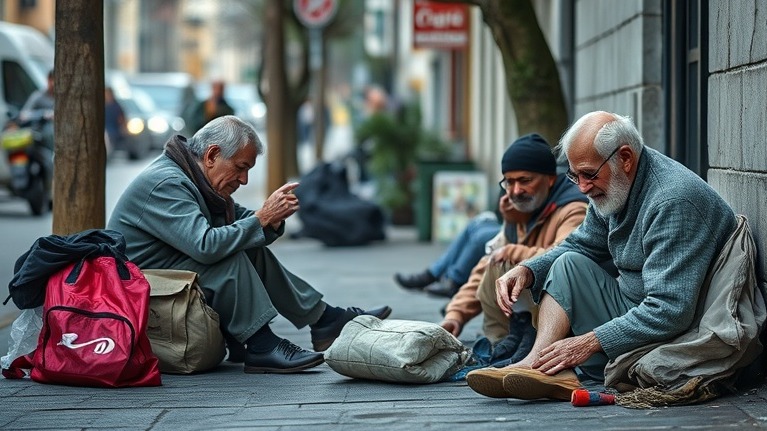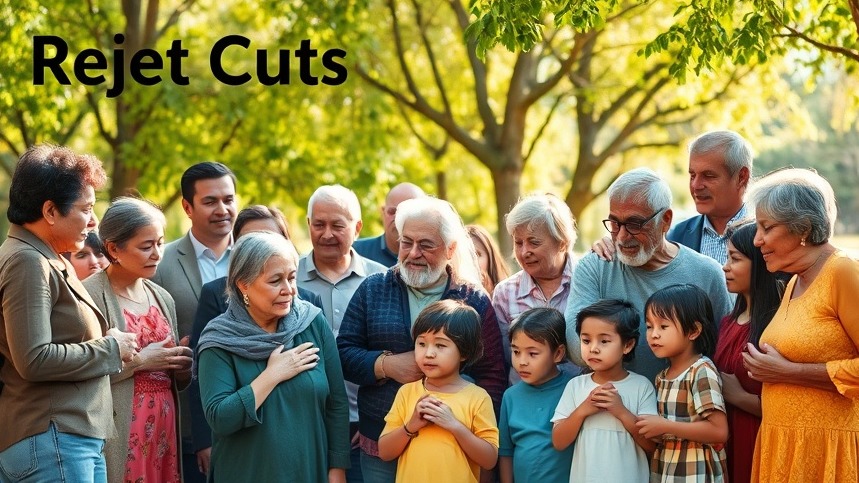
Understanding the Growing Crisis of Older Adult Homelessness
California is facing a growing challenge as a significant portion of its homeless population consists of older individuals. Alarmingly, nearly half (around 48%) of single homeless adults in the state are aged 50 or older. This statistic highlights a concerning trend of people experiencing homelessness for the first time later in their lives.
This demographic shift is troubling not just because of the increasing numbers, but also because homelessness appears to rapidly worsen health. Consequently, many individuals in their early senior years are experiencing health problems comparable to those decades older, often due to the harsh realities of being unhoused. A critical factor fueling this trend is the combination of high housing costs and limited income.
The Role of HUD and State Programs
The U.S. Department of Housing and Urban Development (HUD) and California state programs play essential roles in tackling homelessness among older adults. These initiatives offer resources and support aimed at preventing homelessness.
Programs like the Housing Choice Voucher program aim to provide rental assistance, making it easier for older adults to afford housing. It's important to remember that similar programs and local initiatives often exist in other states as well, and those facing housing insecurity or caring for someone who is should explore available resources in their own communities.
Addressing Racial Disparities in Homelessness
Racial inequities compound the issue of homelessness among older adults. Research indicates that Black, Native American, and Indigenous individuals are overrepresented in the homeless population.
The challenges these communities face are further exacerbated by enduring systemic racism and discrimination, which creates barriers to accessing housing and support services. Equality in resource allocation is paramount in reversing these trends.
Community Advocacy: A Call to Action
Advocating for better community responses to older adult homelessness is critical. Local organizations and community leaders must collaborate to raise awareness and promote the available assistance programs.
Initiatives can include community workshops to inform older adults about resources and connect them with necessary services. It is vital that those in the community take an active role in supporting and educating residents regarding their rights and the assistance available.
The Impact of Economic Security on Vulnerability
Old age should be a time for reflection and enjoyment, not struggle and insecurity. Sadly, the reality is quite different for many older adults who face financial difficulties that push them towards the brink of homelessness.
Having a solid understanding of resources available for financial aid, such as Social Security benefits and local assistance programs, can dramatically change an older adult's situation.
Moving Forward: Building a Supportive Community
To effectively combat older adult homelessness, a community-centered approach is crucial. By fostering connections among neighbors, local organizations, and governments, communities can create a supportive network that not only prevents homelessness but addresses its root causes. Encouraging empathy and support for our elders will ensure that as they age, they do so with dignity and security.
As we strive to prevent homelessness, let’s be reminded that every small action counts. Whether you're leading a community initiative, volunteering your time, or simply reaching out to a neighbor to share information, you play a critical part in reducing this crisis. Together, we can make a difference.
 Add Row
Add Row  Add
Add 




 Add Row
Add Row  Add
Add 

Write A Comment